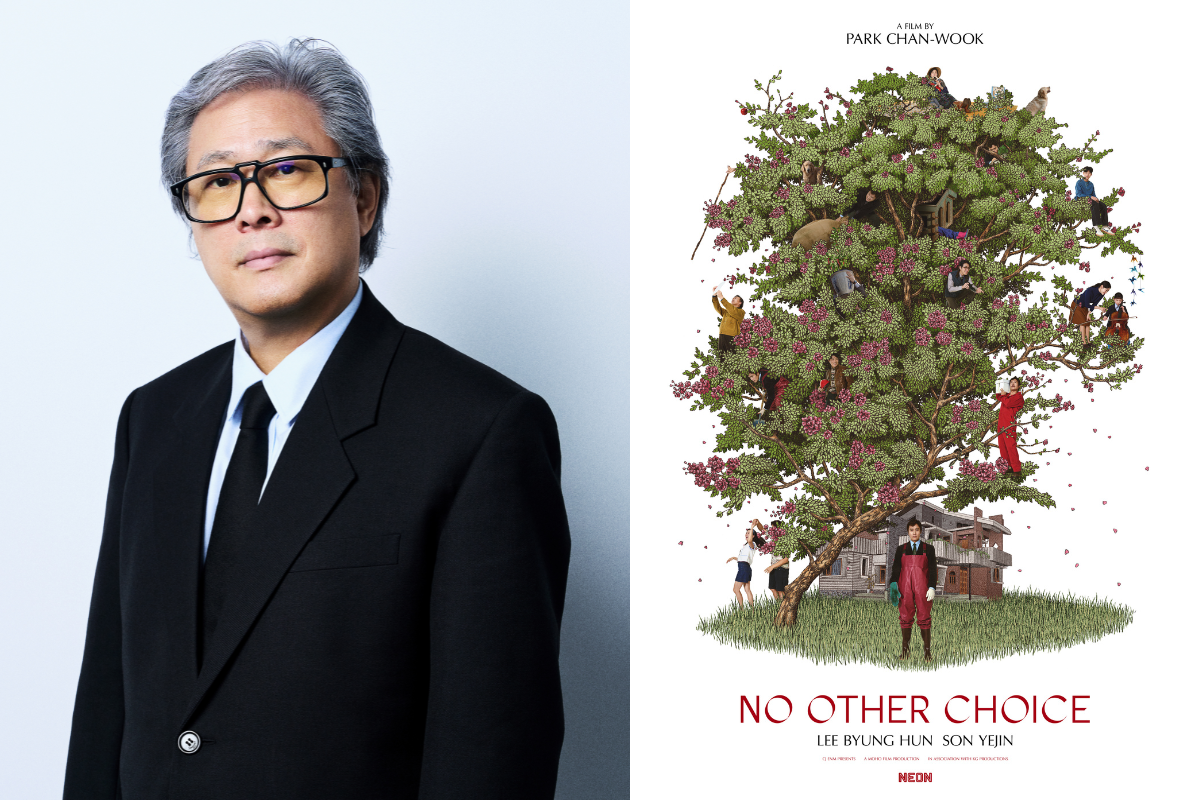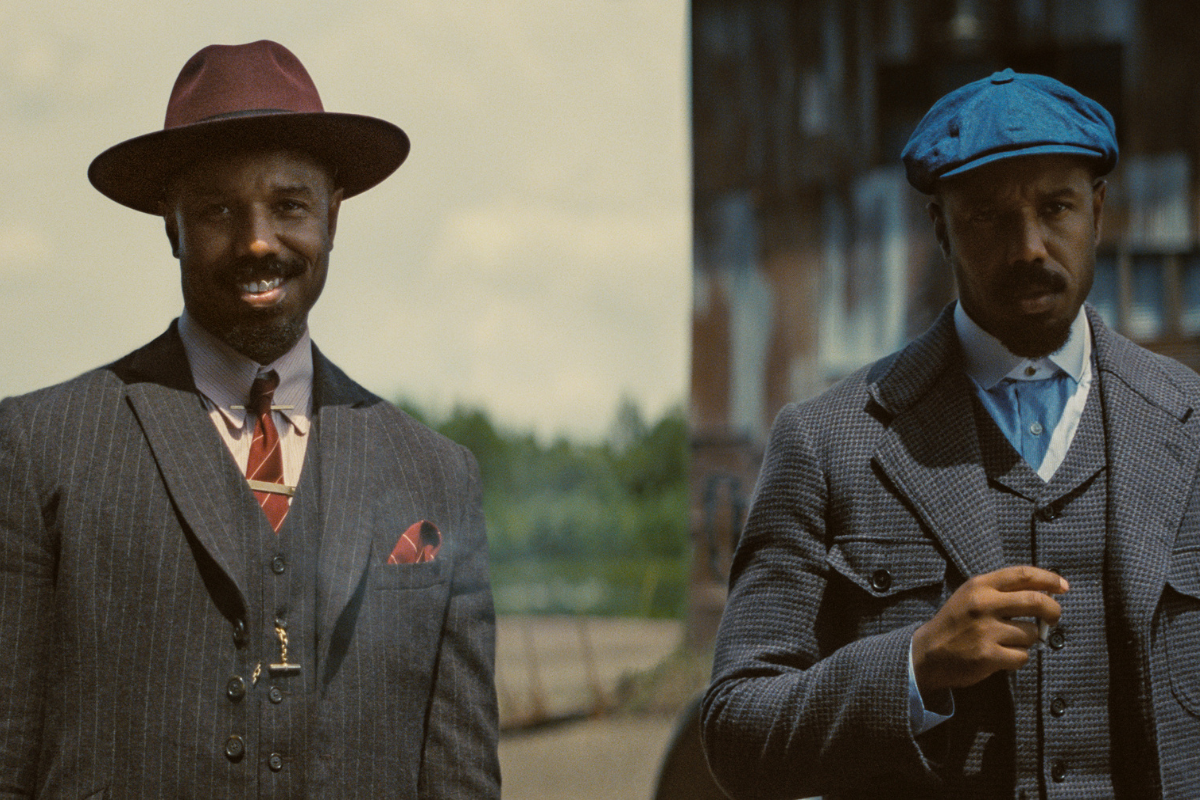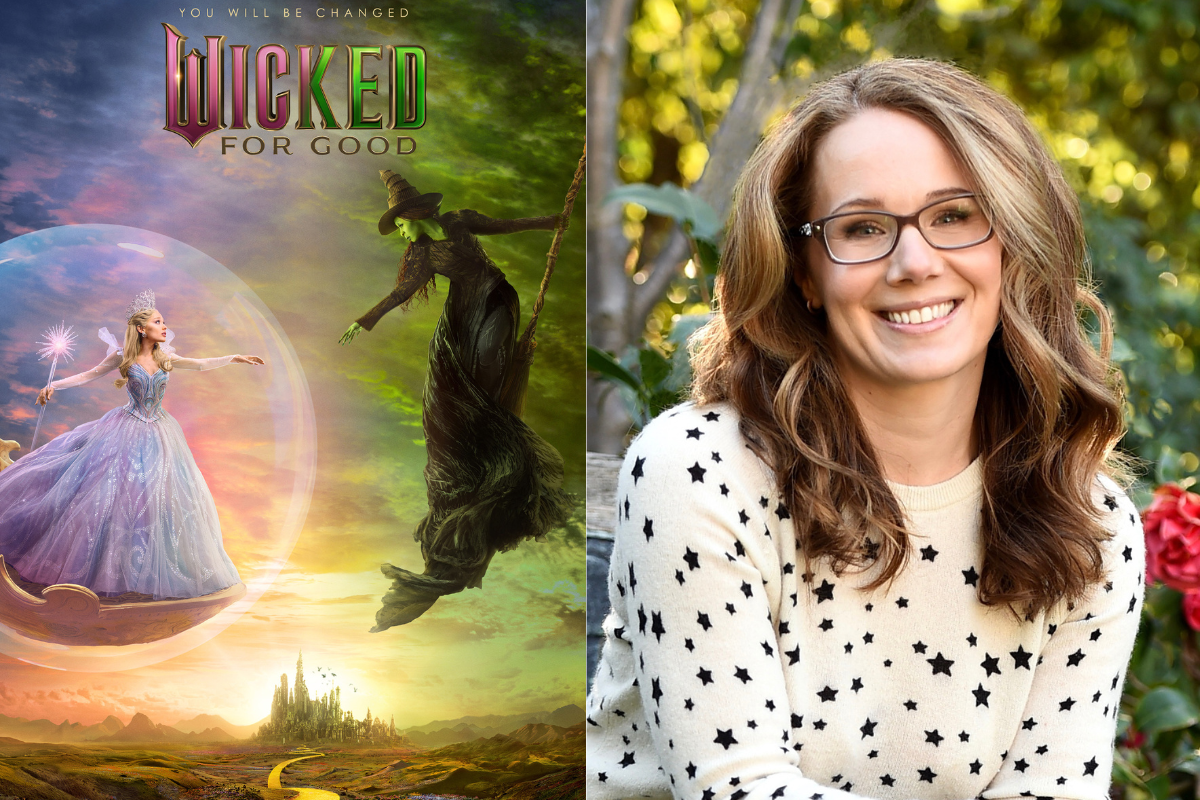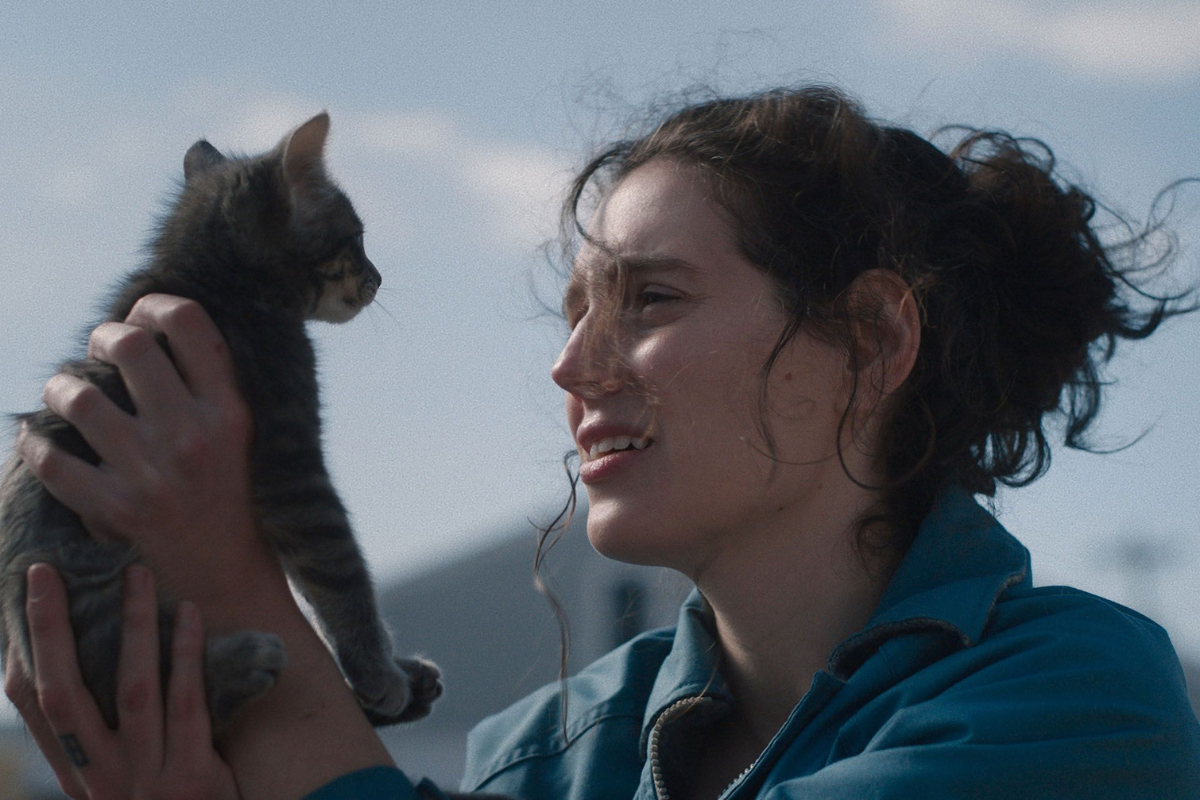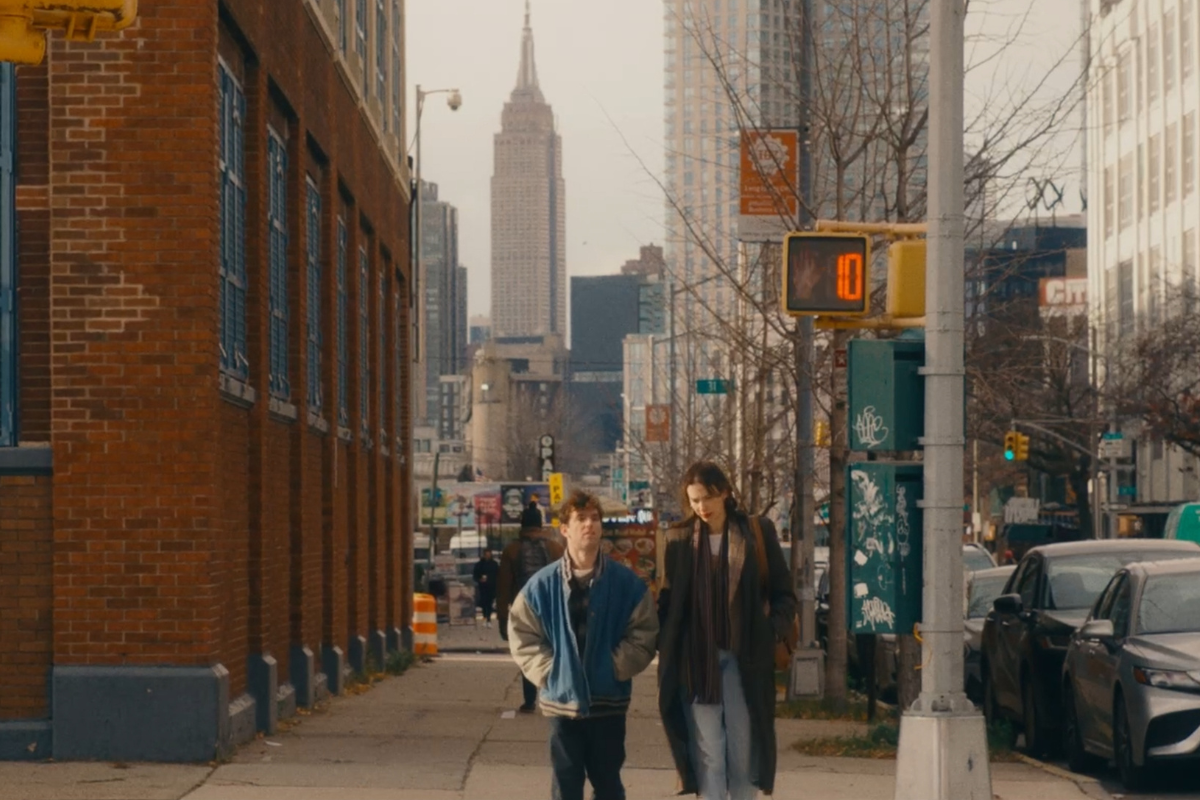Pathos and Character: An Interview with ‘Palm Royale’ Creator and Showrunner Abe Sylvia
Abe Sylvia discusses how he approached adapting the book, discovering the pathos and character, how Kristen Wiig was key to laying the show’s tonal foundation, and so much more.
Palm Royale is a true underdog story that follows Maxine Simmons (Kristen Wiig) as she endeavors to break into Palm Beach high society. As Maxine attempts to cross that impermeable line between the haves and the have-nots, Palm Royale asks the same question that still baffles us today: “How much of yourself are you willing to sacrifice to get what someone else has?” Set during the powder keg year of 1969, Palm Royale is a testament to every outsider fighting for their chance to truly belong.
Nothing sucks in an audience like a web of secrets and one central character fumbling her way through life to just be seen and accepted – something most of the general society can relate to. Throw in late ‘60s culture, the vibrancy and history-defining cultural events, and comedy icon Carol Burnett alongside a finely tuned stacked cast – and you’re in a prime set up to binge-watch the first season.
Abe Sylvia returns to Script to talk about his latest show, Palm Royale, a loose adaption of Juliet McDaniel’s book, Mr. & Mrs. American Pie. Abe discusses how he approached adapting the book, discovering the pathos and character, how Kristen Wiig was key to laying the show's tonal foundation, and so much more.
This interview has been edited for content and clarity.
Sadie: How did this book land on your desk and what about it intrigued you enough to want to develop into a series?
Abe: The book started at a company called Boat Rocker that Katie O'Connell Marsh was the head of. And she, Laura Dern, and Jayme Lemons, identified this book as something that had kind of an amazing female lead at the center of it. They brought in Tate Taylor and attached him as a director. Tate and I worked together a bunch of times, and so, Tate brought it to me and said, ‘Is this something that interests you?’ And I read the book, the central characters are really fun, and I wanted to be in business with those ladies. I would do anything with Laura Dern and Jayme Lemon. So, if nothing else, I was like, ‘I’ll have a really good time developing this thing, because all the people involved were so fun and people that I've admired for years and years and years.’
I dove in headfirst and started building out the world. The book is a wonderful jumping-off point. But I think for anybody who's a fan of the book – it’s wonderful - they shouldn't be looking to the series as this faithful adaptation. It was the kernel - starting with this character of Maxine, who sort of has a lack of shame in her pursuits. And is very funny in her turns of phrase, and the way she goes about things.
The book takes place in Palm Springs, I believe, and I thought Palm Beach gave us a richer canvas with which to play and certainly, in terms of, Palm Beach really has a built-in structure to its society and the way it goes about things, and it was an unexplored world. And I think when you're developing television, you're always looking for, what is the world we haven't seen before? So, I took Maxine from the book, and plopped her in Palm Beach, and then kind of started afresh.
Sadie: You obviously took some creative liberties when adapting the book, can you share how you and your writers’ room approached breaking down the episodes?
Abe: Every writer in my room is somebody that I've worked with before. With each of my experiences in writers' rooms, I'm always taking one buddy with me, at least one, sometimes more. And so Sharr White, who I was a co-EP with on The Affair, and then Sheri Holman and Becky Mode, who I did George and Tammy with along with Logan Faust, and then Emma Rathbone Kelly Hutchinson and Celeste Hughey who I did Dead to Me with - and so kind of mixing all these wonderful people together who I have utter faith in and they're just emotionally mature collaborators who I know always deliver.
So, we had a really great time in the room. The world is our oyster and I said, ‘Look, the show is going to be maximalist. And nothing is taboo. No idea is too big.’ And those were kind of our guiding principles.
Sadie: During that process and breaking those episodes, did anything ever take the room by surprise, like a character motivation, something they say or do or a direction you didn’t see an episode going?
Abe: You always say in improv and in writers’ rooms, ‘Yes, and…’ And in our room, it's sort of, ‘Yes, and…and, or….’ Within any given moment, we have the six ways the character can react and every single one of them is funny, because it's this group of writers. And not just funny, but like full of pathos and character. And so usually when we're breaking story in the room, I really try to support all of these ideas at the same time. You say ‘OK, here's our basket of ‘ors’ and ‘ands’, and let's hold them all, and then talk about what delivers us to the most expansive place.’ While all the ideas are really good, we interrogate them, until we discover which one leads us to a new fresh idea. So that the world can constantly be evolving.
And we're not just sort of stuck just writing jokes for joke's sake, or having funny situations for funny situation's sake, it's always we start with a big basket of ideas for any given moment in the show. And then we say, ‘OK, which one gives us the most story engine? Which one of these ideas is the runway to another great idea?’ And that's usually how we kind of stick the landing on where we go.
Sadie: I feel like you guys did that, especially with episode eight. I don't want to give away spoilers, but the idea of a beached whale – there’s a lot of fun and games happening in that episode, and I’m sure there was a lot to choose from, which begs the question, how do you choose?
Abe: You start with the world-building phase. For weeks, we'll just say, what do we want to see them do? We're in Florida, what can happen? We have a place on the board that says, ‘beached whale’ - it's Florida, wouldn't that be fun? That's a fun situation, or let's do a Havana Nights…This would be fun to do. And as we're breaking story, we have all of the possibilities. What are the themes of the parties that we find funny and exciting? What are the things that are Florida-specific? And then as we're starting with the emotional story and the story engine, it's like, ‘OK, which one of these ideas is the perfect setting for these emotional things to play out against?’
That way of working started when I was on Nurse Jackie, where we always had very clear Jackie drives. But there was an early time in the room in those first few weeks, we would just talk about what's a fun patient. What's an ailment that will be interesting to explore this season? And we would always have this list of patient’s stories that were sort of outliers, and then we break Jackie's stories like which one of these patients’ stories is best as a metaphor for what Jackie's going through, and we'd pull it off the board and all sort of worked itself out. It is sort of like dreaming big. But more often than not, your first instincts, those first couple of days, you don't know what your show is, but you figured it all out, it's there for you. You just then have to go through the process of writing it to come back to those initial impulses and enveloping them.
Sadie: What was that North Star for you from the pilot to the season finale?
Abe: I think the democratizing emotion and democratizing theme, this is a rarefied world, these are rarefied people. But you have to find the kernel that's universal, so that an audience identifies. And so, it is about belonging and finding a place for oneself. And that's what we all go through every day, like, who am I? And who am I here? And so those were sort of the two questions we asked. This is about identity and belonging. And so, all of our stories, vectored through that thematic lens, and it's true of all the characters. Who am I in this world? Who am I in this world today? Who am I if I don't belong to this world any longer? And you know, those are very universal human questions.
So even as we're watching, we may not all know what it's like to go to a charity ball and spend $75,000 on a stone cat. We've all done things in order to say I am here in our lives that we wish we could take back. It's this smallness of our own sort of human curiosity really, that drives these very relatable actions that we all take - we're all fools in our own lives. And I say that with love, we're just all idiots on the bus trying to get through it. And my job and the writer’s job is to honor that and interrogate that and hold up a mirror to people. And do it lovingly and without judgment.
Sadie: What were those conversations with your key creative team, like your costume designer and production designer, to your directors in keeping tonal consistency?
Abe: First of all, when it comes to the production design, and the costumes, Jon Carlos and Alix Friedberg, worked hand and glove with one another to create a world that our characters can play in, and that where anything is possible. And at the same time, they're such phenomenal artists - to have that much color and pattern, and pattern on pattern and things that clash. And yet, you never lose the people. The women's faces still come through. They're working at a very rarefied level as designers that they're able to pull that off.
And I think in terms of tone, the person that sort of makes it all OK, is Kristen Wiig. She is, to my mind., she's Charlie Chaplin or Buster Keaton. And she's able to go from the surreal to the silly, and then break your heart, all within the matter of 30 seconds. There's incredible pathos to everything that she does. So even when she's doing something that is, by most standards, sort of over the top, there's a humanity to it, and a dignity to it, and a love in it. She never makes fun of her characters. Her decency always seems to come through everything that she does. And I think because she has that range, we're able to go to all of these other places with these other actors. And it's all kind of around this central eye of the storm, which is Kristen Wiig.
Sadie: Any general advice when tackling an adaption?
Abe: Always make sure your mind is free to go to other places. On this one in particular, the character was so fertile and inspiring, that it was like I didn't want to limit myself to the events of the book. Allow yourself to have your mind wander.
I've done other adaptations where it's based on a true story. You want to honor the facts of a person's life, but at the same time, you can't let that get in the way of emotional truth, just as you're sort of laying out the events of life, pretty soon there's no dramatic thrust. It's just sort of this process of, ‘And then, and then, and then, and then,’ so you have to, I think, with both this and the true story adaptations that I have done, you have to kind of hone in on what is your thesis statement. What are you saying about the world? What are you saying about all people through this person? And once you answer that for yourself, the sky's the limit.
With George and Tammy, once I sort of vector down, it's like, how are these two people as specific as their story is, how is their story everybody's story? Same thing, Tammy Faye, what is the thing about her life that makes her so unbelievably captivating? How did she get all of these people to follow her? And once I sort of answered those questions for myself, then stuff starts to fall away, and the path becomes clear. And I think that was true for Maxine, where in this show, I read the book, and I said, ‘This woman so wants to be a part of a world that doesn't want her. And isn't that all the rest of us?’
Palm Royale premieres on AppleTV+ on March 20, 2024.
In this live webinar, you will learn how to search public domain databases for pop-culture characters that have fallen into the public domain and are now available to be used.
Sadie Dean is the Editor of Script Magazine and writes the screenwriting column, Take Two, for Writer’s Digest print magazine. She is also the co-host of the Reckless Creatives podcast. Sadie is a writer and filmmaker based in Los Angeles, and received her Master of Fine Arts in Screenwriting from The American Film Institute. She has been serving the screenwriting community for nearly a decade by providing resources, contests, consulting, events, and education for writers across the globe. Sadie is an accomplished writer herself, in which she has been optioned, written on spec, and has had her work produced. Additionally, she was a 2nd rounder in the Sundance Screenwriting Lab and has been nominated for The Humanitas Prize for a TV spec with her writing partner. Sadie has also served as a Script Supervisor on projects for WB, TBS and AwesomenessTV, as well as many independent productions. She has also produced music videos, short films and a feature documentary. Sadie is also a proud member of Women in Film.
Follow Sadie and her musings on Twitter @SadieKDean


